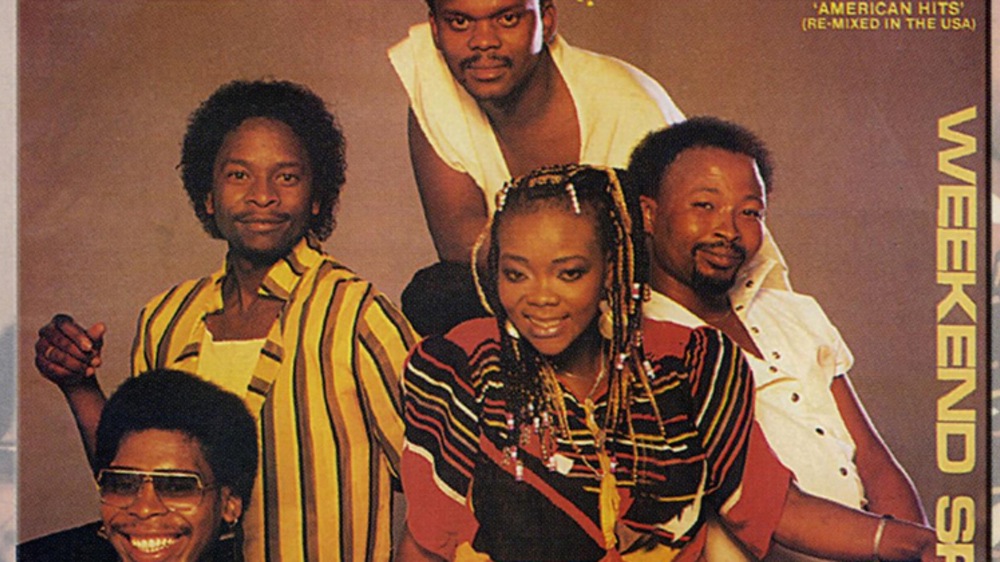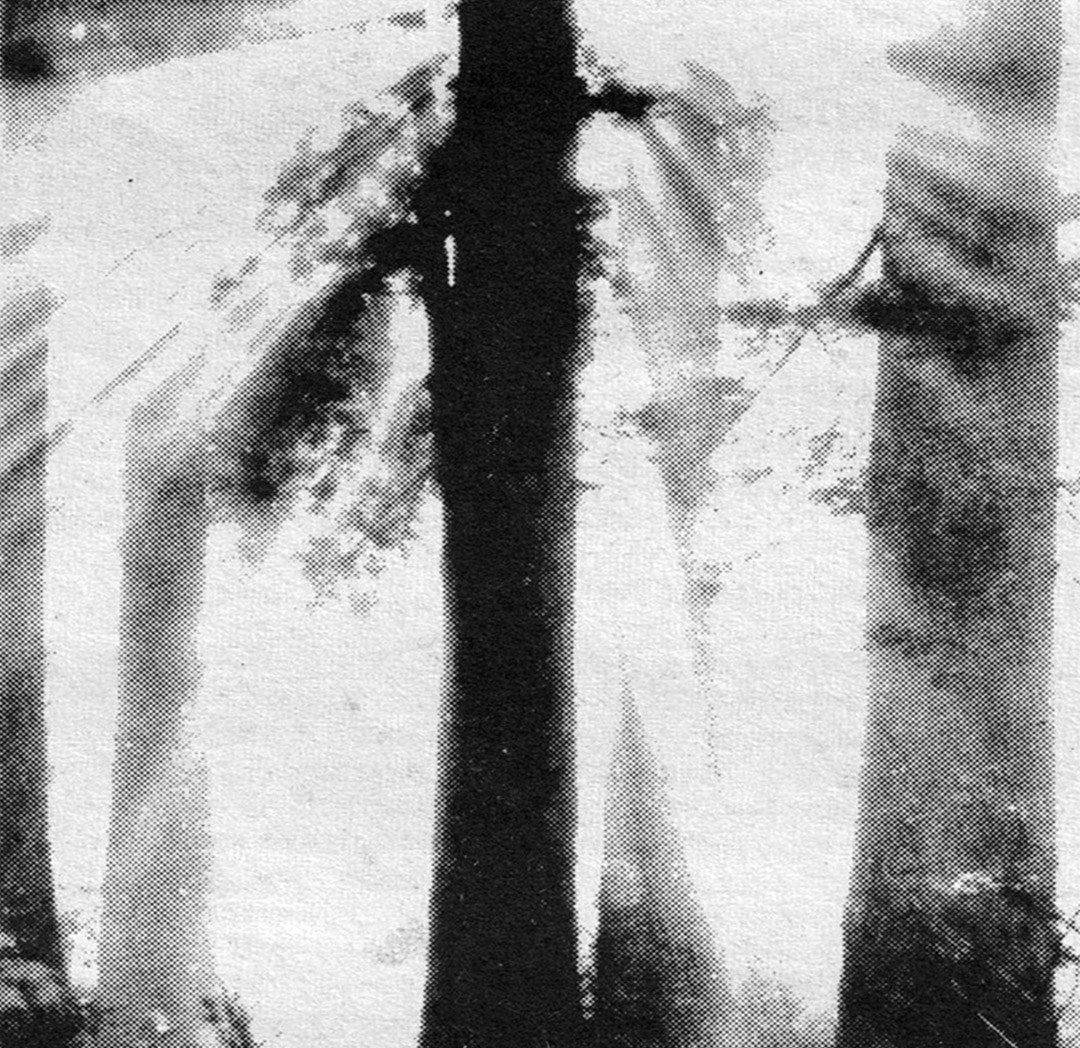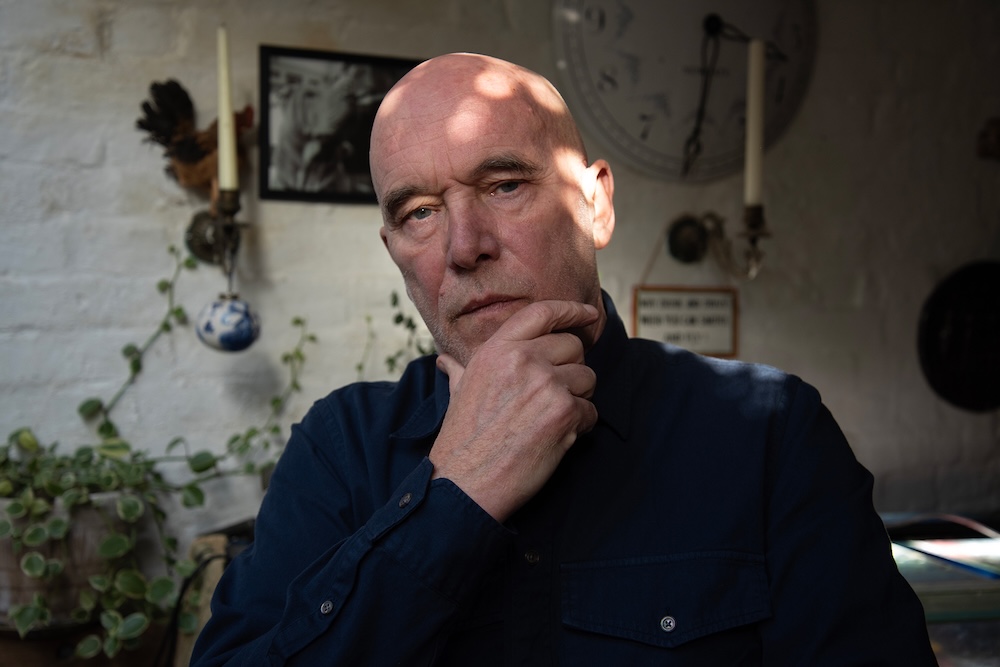Missing Manelow: The Story Of South African Bubblegum

South Africa has always had a rich musical culture, intrinsically steeped in the nation’s turbulent history. Since the ‘40s and ‘50s local musicians had looked to America for influence, taking inspiration from the jazz and blues musicians of the day whilst carving out their own distinct, local sound. It’s a tradition that continued, with jazz legends like Abdullah Ibrahim and Hugh Masekela. In the ‘70s and ‘80s, the USA shifted – it was now funk, soul and, eventually, disco. But this shift marks an almost ‘lost era’ for South African music on the global stage. The sound was bubblegum: synth-heavy, distinctly South African pop.

DJ Okapi – Photo credit Anastasia Muna
“I’ve been writing about music and other subjects for years, so exploring this music hasn’t only been about digging and listening, but also meeting the artists and producers; interviewing them to get a sense of what things were really like back then – not only the music but the political context that it came out of.”
I meet DJ Okapi on a Friday morning, several days into his UK tour. Okapi grew up surrounded by this music and has spent years preserving its legacy. A number of years ago he set up AfroSynth, an online blog documenting South African bubblegum and disco through writing and cover art visuals. He now also runs AfroSynth Records, a new record store in downtown Johannesburg specialising in African music.
Okapi tells me that he only got into collecting records after he started DJing. Growing up in the ‘90s much of the bubblegum music was before his time. Studying in Cape Town he lived near a record store called ‘Revolution’, in Observatory and spent time searching out mostly American funk albums. At the same time, he ended up finding a few local records. There was also a store called ‘Vibes’, the only store at the time to have a dedicated section for South African music. This opened him up to some of the sounds that had come out of the bubblegum era – records like Brenda & The Big Dudes’ Touch Somebody and Harari’s Heatwave.
“By the time I realised what I’d found the place [Vibes] had shut down! I wrote an article and started asking questions about why this music was so obscure, even in South Africa. When living in South Korea I decided to start the blog as a way to preserve this information and celebrate the music.”
South African bubblegum came from a particular time in the nation’s history. Okapi tells me that in the ’70s American music far outsold locally produced music. It was huge, not only in the country but throughout Africa. When colonialism and apartheid were wreaking havoc across the country listening to American soul artists was one way of temporarily escaping the oppression people were forced to live under. People bought music, and plenty of American artists came to South Africa to perform.
In the ‘80s, however, there was a shift. Local musicians began to take control of the industry. Boycotts and pressure put a stop to American artists performing but people kept spending money on records. Now local labels were able to thrive. At first, the sound reflected the American trends of the day but it very quickly evolved to include more local influences and languages, and it slowed down. Bubblegum borrowed from the traditions of mbaqanga, marabi and kwela – all genres that evolved in the ‘40s and ‘50s as local artists tried to find a ‘local sound’ for their jazz and blues inspirations. What set it apart was how steeped in South African Township culture it was.
Ironically, apartheid, to an extent, stimulated the local music industry. Musicians were galvanised with a sense of purpose beyond simply entertaining and selling records. The apartheid government’s use of radio to promote its policy of ‘separate development’ led to each language group having its own radio station, further allowing the industry to thrive. Whilst a lot of South African musicians enjoyed great international success during the ‘80s, this was mostly limited to those in exile – artists such as Hugh Masekela, Miriam Makeba and Jonathan Butler. Some even toured Europe, such as Johnny Clegg. South African music was thriving on the inside but it remained at the periphery of the international scene. Much of it didn’t make it outside the country. Everything was politicised, so ‘political’ music that made it out of South Africa found a market overseas as well as music that fit into the burgeoning ‘world music’ trend. Bubblegum didn’t.
“It wasn’t what international audiences expected or wanted to hear from South Africa. Bubblegum lyrics before the late 80s were typically not expressly political because there was very strict censorship at the time, so if your songs were banned they wouldn’t get played. Instead, political messages were hidden in metaphors and satire… During the late 70s and 80s, most of South Africa’s political leaders opposed to apartheid were jailed or exiled. Pop musicians were able to reach a mass audience if they were smart enough to escape censorship by disguising their lyrics.”
Numerous tracks achieved this. Chicco’s We Miss You Manelow (1987), a song about a young girl leaving her family home owing to her falling pregnant, was a clear reference to Nelson Mandela, as were tracks such as Q-Tex’s My Della (1987) with the lyrics ‘My Della, the children want you. My Della, the children need you’. Album covers, satirical content and even simply reimagination of old tracks all helped push artists’ messages whilst on the surface managing to appear innocuous. Musicians across all genres played a central role in the struggle against apartheid. All were all part of a much wider fight against an authoritarian regime.
Towards the end of the ‘80s, it gradually became clear that apartheid was in its last days – a new South Africa was being born and this was reflected in many South African artists’ output. A number of apartheid laws had been somewhat dismantled and censorship was relaxed. Political lyrics no longer had to be hidden and so became more overt, with outright criticism of apartheid becoming more popular. Whilst undeniably liberating, such music soon became merely a reflection of the times, rather than a call for change. Bubblegum’s popularity waned as new genres began to emerge. The kwaito sound of the 1990s replaced bubblegum and sought inspiration from other new genres such as hip-hop and house, naturally moving away from the call for political change.
But what is its legacy? It seems like it was almost part of a golden era of pop. South African artists could sell 150,000 copies of an album, something unheard of today. Local political and technological changes led to the music gradually slipping into the abyss. Much of it was never digitised and a newer generation of South Africans have grown up with almost exclusively American music.
Despite this, the genre isn’t about to vanish into total obscurity. Reissues, such as V.O.’s Mashisa on Invisible City Editions and compilations such as Cultures Of Soul’s Boogie Breakdown – South African Disco from 1980 – 1984 are helping preserve this era. Unsurprisingly, Okapi is at the centre of it, having curated Culture of Soul’s compilation and sorting the licensing for the Invisible City Editions re-release. I ask him what’s next. Whilst, for now, he’s concentrating on the Johannesburg store he’s also focusing on getting more gigs outside South Africa to showcase this music to a much wider audience. There’s another compilation coming, this time with Rush Hour and a monthly show on French radio station LYL in the pipeline. He tells me that one day he’d love to set up a re-issues label, although with everything else coming up he’s in no rush – the results of his dedication to the genre are coming to fruition.
DJ Okapi runs the AfroSynth blog and is currently on tour in the UK. Find out more here.






















